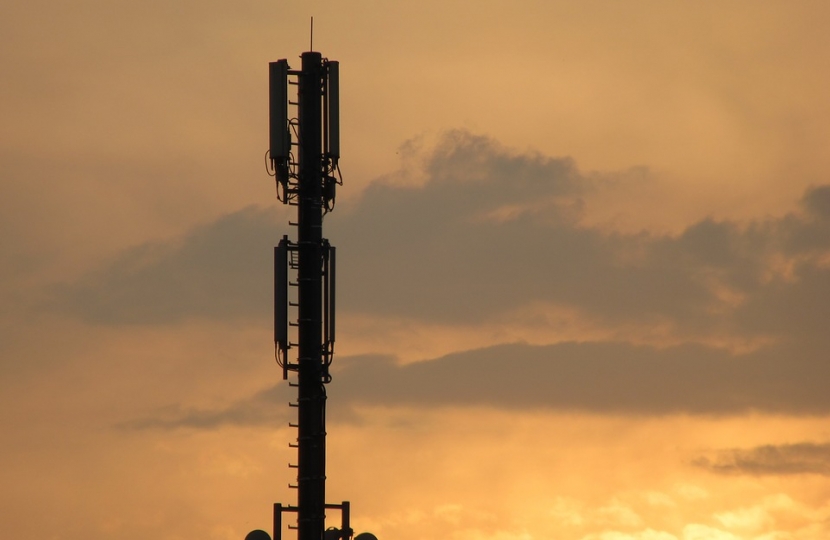
Since 2010, the Government has delivered a series of initiatives that has seen superfast[1] broadband availability rise from 50% to 96% of UK premises. Due to increased coverage and take-up, average broadband speeds for UK consumers have increased from 5.2Mbit/s in 2010 to 54.2Mbit/s in 2018. And, over the last 18 months, this has been further supported by an increase in gigabit-capable[2] coverage: since 2018, coverage of full fibre networks has increased by 1.1 million homes, and currently stands at 2.5 million (8% of UK premises).
Initiatives to improve connectivity have included:
- Superfast Broadband Programme, investing over £1.7 billion of public money to deliver superfast broadband in hard-to-reach areas;
- Local Full Fibre Networks Programme, which includes a £190 million Challenge Fund (a capital grant programme funding locally-led public connectivity projects), the Gigabit Broadband Voucher Scheme to improve affordability, and the Better Broadband Voucher Scheme for homes and businesses unable to achieve even a 2Mbit/s connection;
- Super Connected Cities Programme, investing £150 million to increase digital capability in 22 UK cities through broadband connection vouchers for SMEs, free Wi-Fi and digital innovation projects;
- Driving down barriers to deployment of existing telecoms infrastructure, including changes to legislation to make it easier to deploy more infrastructure without planning permission;
- Providing an exemption for new fibre from business rates for 5 years from April 2017-2022;
- Securing £400 million for a new Digital Infrastructure Investment Fund to boost commercial finance for emerging fibre broadband providers looking to scale up;.
- Working to develop the right conditions for further commercial investment in 5G infrastructure and services, and investing £200 million in 5G Testbeds & Trials programme.
- All four mobile network operators have launched their 5G services as of October 2019, covering 21 cities across the UK. This number is expected to rise to 50 cities with 5G coverage by mid-2020.
In 2018, we published the Future Telecoms Infrastructure Review, which found that the most effective way to deliver nationwide gigabit-capable connectivity at pace is to promote competition and commercial investment where possible, and to intervene where necessary. The Future Telecoms Infrastructure Review established an ‘Outside In’ approach to deployment of gigabit-capable networks, meaning that while network competition serves the commercially feasible areas, the Government will support investment in the most difficult to reach areas at the same time. We expect 80% of UK premises to be in areas that can support competition between two gigabit-capable networks. To ensure that the least commercially viable, often rural parts of the country, are not left behind:
- The Chancellor announced on 30 September 2019 a further £5 billion of public funding to support the roll-out of gigabit broadband in the remaining hardest to reach 20% of the country.
- The Rural Gigabit Connectivity programme, launched in May 2019, is the first step of this “Outside-In” approach. £200 million from the National Productivity Investment Fund has been allocated to trial a model to deliver gigabit-capable connectivity to premises in rural and remote areas, combining demand-side and supply-side interventions.
- We announced on 25 October 2019 support for a Shared Rural Network programme subject to binding legal agreement. The proposal from the UK’s Mobile Network Operators sets out their ambition to collectively increase 4G mobile coverage throughout the United Kingdom to 95% by 2025 - providing extra coverage to c.280,000 premises and 16,000 km of roads.
The Government is continuing to address barriers to network deployment and is supporting the telecoms industry in making significant progress in both mobile and fixed connectivity as quickly as possible.
[1] Superfast broadband is defined by Government as a connection providing speeds of 24Mbit/s, and by Ofcom as speeds of 30Mbit/s.
[2] Gigabit broadband is over 30 times faster than superfast, and provides 1000Mbit/s speeds.
